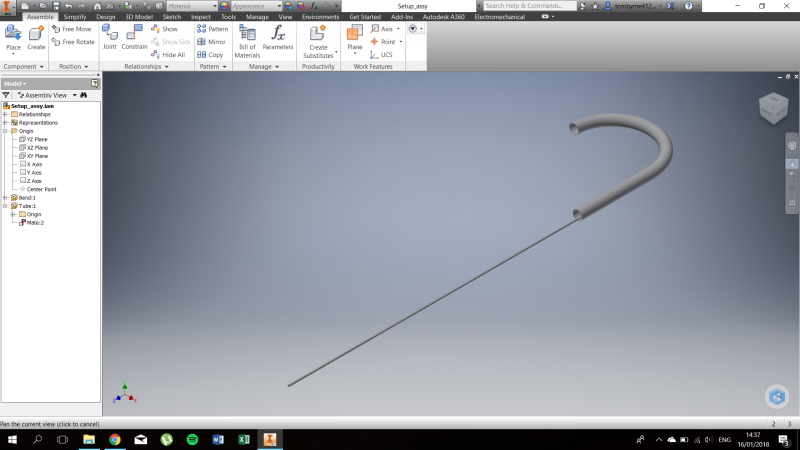Hi all
I have a part (long tube) that I want to displace and deform around a bend. Think of it as inserting a catheter into an artery and it bending around a radius of curvature.
How can I do this in Abaqus CAE/Explicit? I am new to learning this (have done some problems in college, and have a basic understanding of the software) and simply displacing at one end a fixed distance does not displace the entire part, but rather just that face. I have modeled the bend as a rigid body for now, as I do not care for any outputs experienced by that body.
I understand that this might be a simple thing, but Its been bugging me and I can't get around it!
Thank you in advance!
Tom
I have a part (long tube) that I want to displace and deform around a bend. Think of it as inserting a catheter into an artery and it bending around a radius of curvature.
How can I do this in Abaqus CAE/Explicit? I am new to learning this (have done some problems in college, and have a basic understanding of the software) and simply displacing at one end a fixed distance does not displace the entire part, but rather just that face. I have modeled the bend as a rigid body for now, as I do not care for any outputs experienced by that body.
I understand that this might be a simple thing, but Its been bugging me and I can't get around it!
Thank you in advance!
Tom

